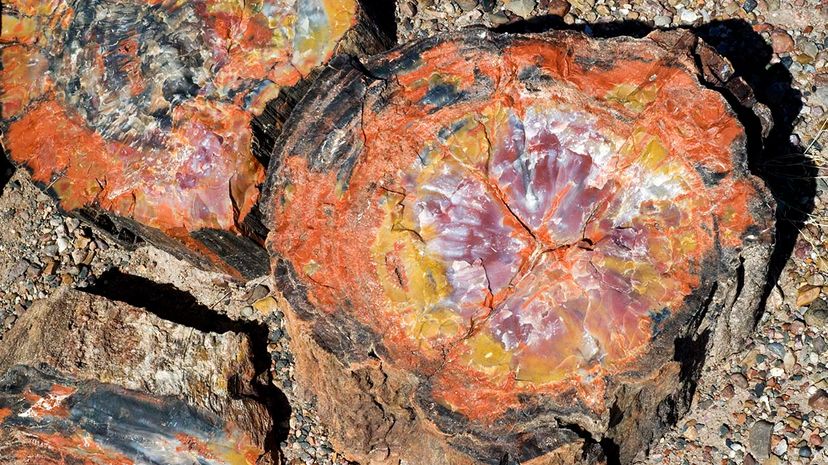
Glen Rose, Texas, seamlessly intertwines its rich, prehistoric heritage with contemporary life, showcasing a landscape where dinosaurs once roamed amid lush vegetation. While the dinosaurs are long gone, some of their footprints and the fossilized remains of the ancient trees (also known as petrified wood) have been preserved.
You don't have to be a science buff to appreciate this ancient plant material. Indeed, as the people of Glen Rose learned, the fossils work nicely as a brick substitute. In the 1920s and 1930s, locals built numerous buildings using petrified wood, including a Prohibition-era speakeasy, which still stands. Let's explore the transformation of this highly sought-after plant material.
Advertisement